Topic 9: Early Food Production
1/17
There's no tags or description
Looks like no tags are added yet.
Name | Mastery | Learn | Test | Matching | Spaced |
|---|
No study sessions yet.
18 Terms
Learning Objectives
What types of stone tools characterized the Mesolithic and Neolithic ages?
What is the Broad-Spectrum Revolution? Why is it important?
What is food production?
What are the benefits and costs of food production?
The Stone Age
A broad prehistoric period during which stone was widely used to make implements.
Lasted 3.4 million years.
Paleolithic (Old Stone Age)—Foraging (hunting and gathering) as the means of subsistence
Lower Paleolithic (Acheulean toolmaking tradition associated with H. erectus ),
Middle Paleolithic (Mousterian tradition associated with Neanderthal and archaic H. Sapiens)
Upper Paleolithic (blade tools associated with AMHs)
Mesolithic (Middle Stone Age)
Neolithic (New Stone Age)
Paleolithic
The Broad-Spectrum Revolution occurred in the late upper Paleolithic period
Mesolithic
The Broad-Spectrum Revolution
microlithic tools
Their tool making technology advanced
Neolithic
Food production
Ground and polished stone tools
Pottery
The Broad-Spectrum Revolution
(Kent Flannery 1969)
Foraging activities at the end of Ice Age (between 15,000 to 12,000 B.P.), during which a wider range of plant and animal life was gathered and hunted.
B.P.—before present
What Caused the Revolution?
Environmental change and population grow
Example: humans’ attempts to adapt to the postglacial environment in Europe. As the ice age ended, the animals moved but the humans didn’t, so they had to adapt to this. Prior to this they hunted big game, now they targeted lots of small prey that can reproduce quickly and rapidly. Now focused on trapping and stalking more than outrunning animals. Also started domesticating animals (dogs) to assist in hunting. Now fish and insects were a part of the diet. They learned to preserve food by smoking and salting the food. Built houses.
o Change of hunting strategies
o Gathering remained as the mainstay of human economies
o Food preservation (smoking and salting the food)
o Development of carpentry
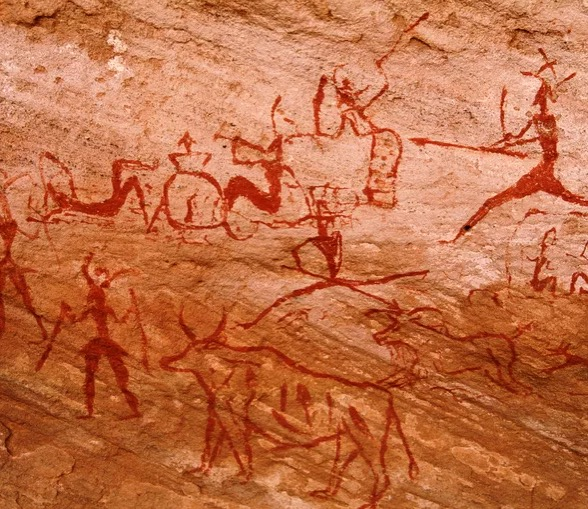
Why Is the Broad-Spectrum Revolution Important?
The accumulation of knowledge of plants and animals and their reproductive characteristics.
This revolution gradually led to food production in a mere 10,000 years (hominins had subsisted by foraging for several million years!)
Stone Tools Made in the Mesolithic Period
The characteristic tool type: microlithic (Greek for “small stone”), small and delicately shaped stone tools
they tell us a lot about the variety of activity the early humans engaged in
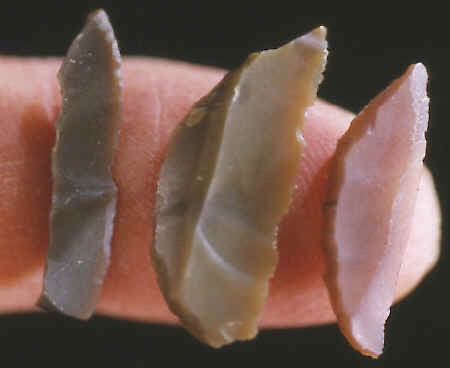
Food Production:
human control over the reproduction of plants and animals—purposeful domestication.
People became food producers when more than 50% of their diet depends on domesticated food
What caused food production?
Ecological/environmental change (wine and chocolate considered luxurious and could have possibly started food production)
Population growth
Social and political need
Plant Cultivation and Selection
Among 200,000 known plant species, a mere dozen were domesticated.
Characteristics of domesticated plants as a result of purposeful human selection:
The size of the edible part of plants became larger with domestication. Higher yield.
The loss of the natural seed dispersal mechanism (bean pods, the grain axis) (the wild seeds could fall to the ground just from the wind blowing, so humans kept breeding the ones with tougher pods so they wouldn’t fall so easily)
The brittle husks of domesticated grains
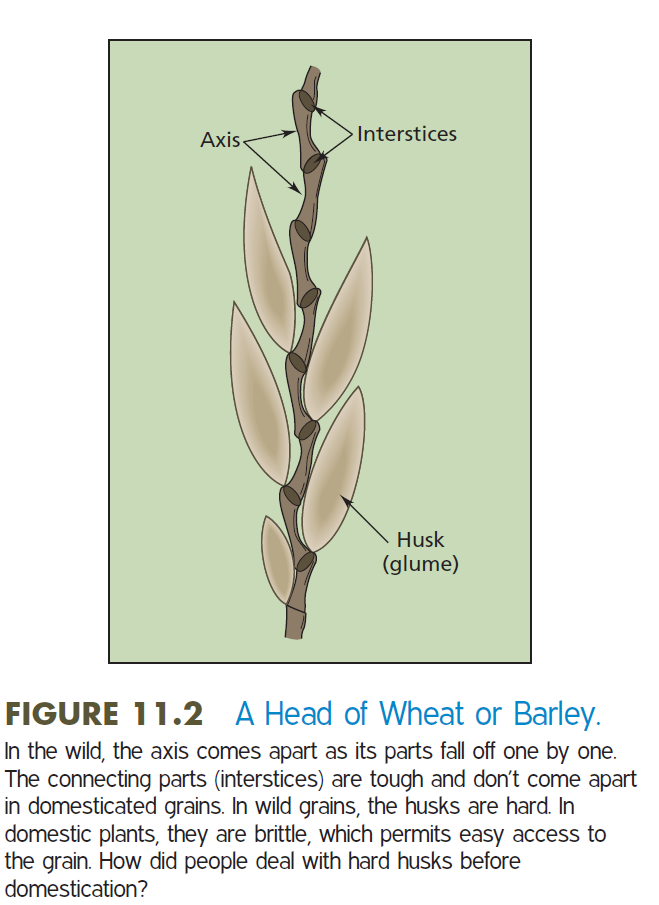
Why weren’t most large animal species domesticated?
14 out of 148 large animal species had been domesticated.
--Animal temperaments (bears are too nastly, deer are too panicky)
--Animal social structure (easier animals to domesticate are herd animals)
--The issue of territory (can’t pair them up with other animals (humans) it just doesn’t work)
Animal Domestication and Selection
Sheep and goats: the first animals to be domesticated. Domesticated in the middle east
Selecting animals for certain desirable features (e.g., woolly sheep) can make clothes out of wool. Their wool can protect them from the heat, the domesticated sheep are actually better off characteristically wise than their wild ancestors)
Animals tend to get smaller with domestication → easier to control
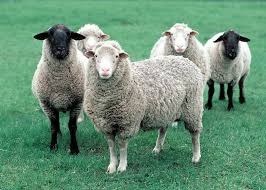
MAP
Differences between the Old World and the New World
The Old World:
Both farming and herding thrived.
A mutually supportive relationship between farming and herding. (the crops could feed the animals, animal menure can be used as fertilizer)
The invention of wheels as a transportation tool (now animals can pull wheeled vehicles)
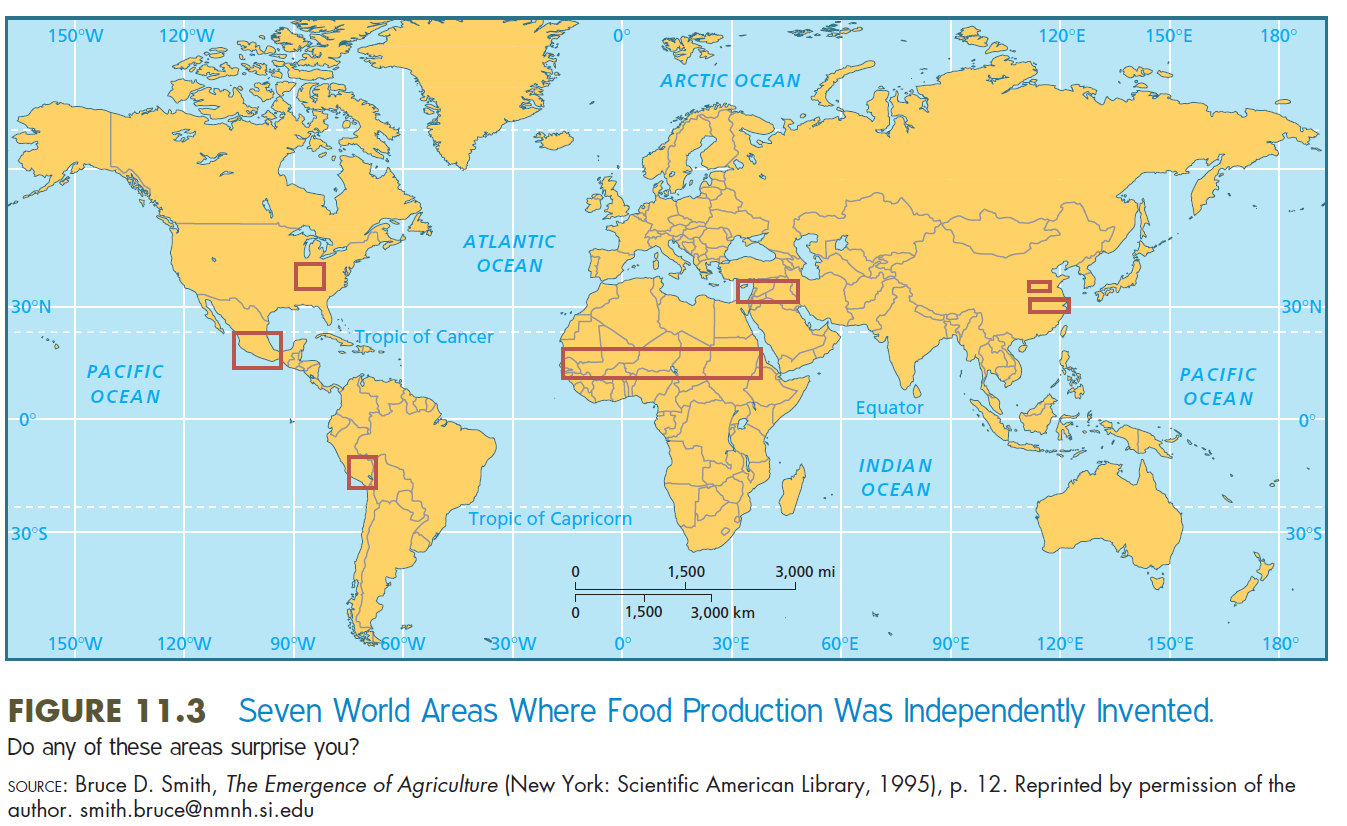
Differences between the Old World and the New World
The New World: the meager inventory of available plants and animals was not able to sustain food production in North America
The first plant domesticates: squash, sunflower, and goosefoot
The absence of large-animal domestication. 13 of 14 domesticated large animals are from the Old World. Only Llama is from South America.
The invention of wheels as toys (no horses or oxes to available to pull vehicles)
Social trajectory changed
The Neolithic Tools
Advanced techniques of grinding and polishing stone tools (such as axes and hammers) were developed.
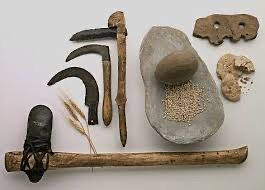
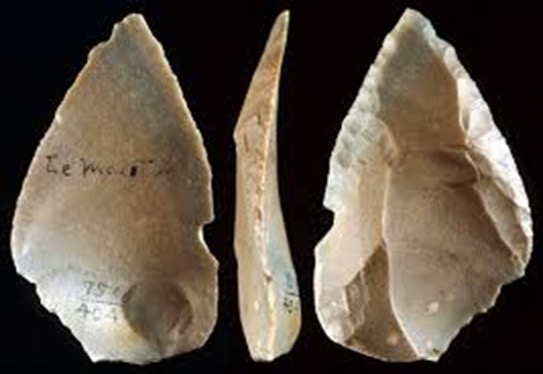
Paleolithic
Acheulean, Mousterian, Blade tools
Mesolithic (The Broad-Spectrum Revolution)
Microlithic tools
Neolithic (Food Production)
Ground and polished stone tools
Pottery